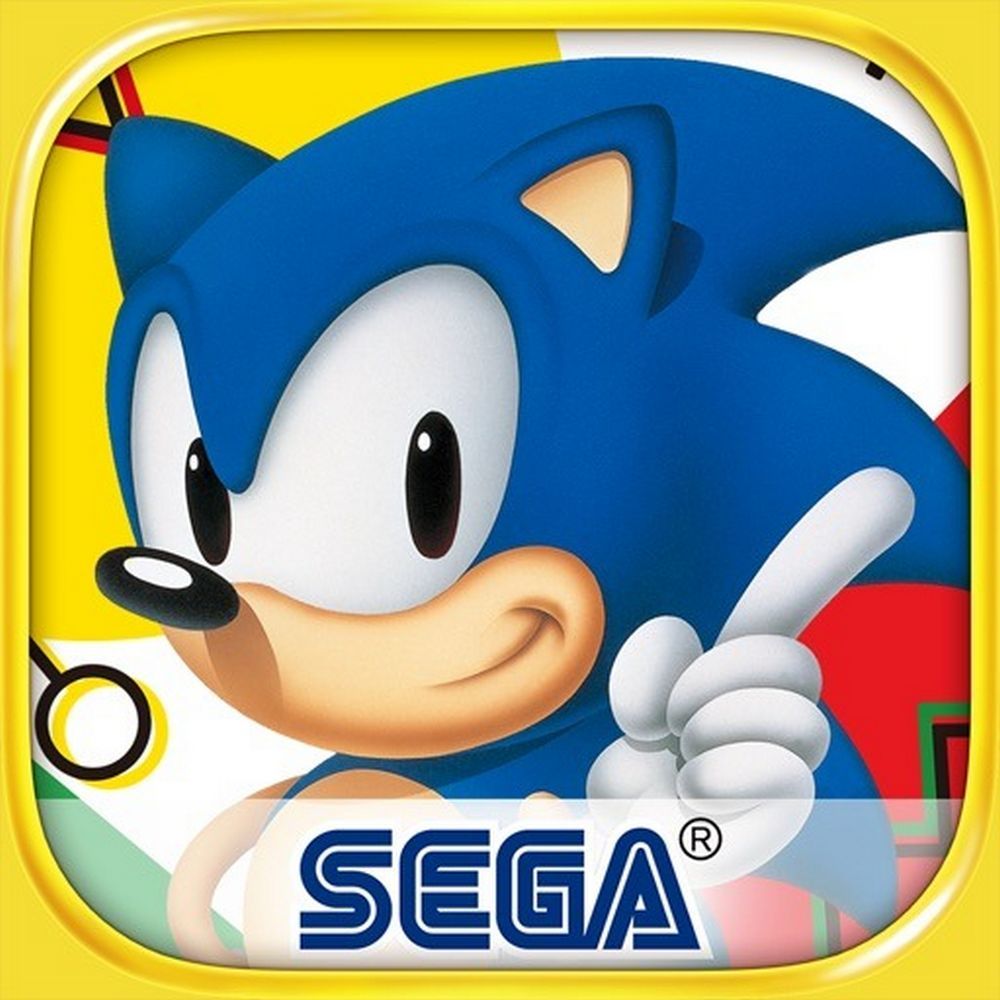The Genesis of a Rivalry: Sonic’s Impact on the Console Wars and Gaming History
Sonic the Hedgehog™ Classic was more than just a successful video game; it was a strategic weapon, a cultural phenomenon that ignited one of the most intense rivalries in video game history: the console war between Sega and Nintendo in the early 1990s. Its launch in 1991 for the Sega Genesis (Mega Drive in most regions) was meticulously planned to directly challenge Nintendo’s seemingly unshakeable dominance and their beloved mascot, Mario. The game’s innovative design, aggressive marketing, and distinct identity not only carved out a significant market share for Sega but also forever changed the landscape of the video game industry.
Challenging the Status Quo:
Before Sonic, Nintendo and its Super Mario franchise largely dictated the rules of console gaming. Mario games were family-friendly, methodical, and focused on exploration and precise platforming. Sega, with its Genesis console, was struggling to gain traction against the NES and the upcoming Super Nintendo. They needed a mascot that was fundamentally different, one that embodied a new ethos.
Sonic: The Anti-Mario:
Sega’s marketing strategy for Sonic was brilliant and audacious. They positioned Sonic as the “anti-Mario”:
- Speed vs. Precision: While Mario was about careful jumps, Sonic was about raw, exhilarating speed. “Blast Processing,” Sega’s buzzword for the Genesis’s supposed superior speed, became synonymous with Sonic’s gameplay.
- Attitude vs. Whimsy: Mario was wholesome and plumber-next-door. Sonic was edgy, cool, and had a rebellious, impatient attitude. He wore sneakers, not overalls. This appealed directly to a slightly older, teen audience looking for something different.
- Blue vs. Red: The visual contrast was stark. Sonic’s cool blue was juxtaposed against Mario’s warm red, setting up a clear visual distinction for consumers.
- “Sega Does What Nintendon’t”: This iconic advertising slogan perfectly encapsulated Sega’s aggressive challenge, directly contrasting their innovative approach with Nintendo’s established formula.
The Game’s Role in the War:
Sonic the Hedgehog™ Classic wasn’t just good marketing; it was a genuinely great game that backed up Sega’s claims.
- Technical Showcase: The game leveraged the Genesis’s capabilities, with its fast scrolling, vibrant colors, and parallax backgrounds creating a sense of speed and immersion that was arguably superior to anything on the NES at the time. It made the Genesis feel like a more powerful, modern console.
- Bundling Strategy: Sega famously bundled Sonic the Hedgehog with every new Genesis console. This move was a game-changer. For the price of a console, consumers got not just the hardware but a killer app that immediately showcased its unique strengths. This significantly boosted Genesis sales and market penetration.
- Critical Acclaim and Word-of-Mouth: The game received widespread critical acclaim, and its unique gameplay quickly generated enthusiastic word-of-mouth. Players were genuinely thrilled by the sense of speed and the ability to blaze through levels.
Consequences and Legacy of the Console Wars:
The success of Sonic the Hedgehog™ Classic and Sega’s aggressive marketing campaign had several profound impacts:
- Sega’s Rise to Prominence: Sonic transformed Sega from a niche competitor into a formidable rival for Nintendo. For a period in the early to mid-90s, Sega Genesis actually outsold the Super Nintendo in the crucial North American market. This fierce competition ultimately pushed both companies to innovate further, benefiting consumers with better games and technology.
- Diversity in Platforming: Sonic proved that there was room for different approaches to the platforming genre. It paved the way for other character-driven platformers to experiment with varied mechanics and pacing, moving beyond the strict formula established by Mario.
- The “Attitude” Era: Sonic’s success contributed to a broader trend in the 90s gaming scene where characters and games were often designed with a “cooler,” more rebellious edge. This influenced many other game designs and marketing campaigns throughout the decade.
- Enduring Franchise: The original game spawned a massively successful franchise, including numerous sequels (Sonic 2, Sonic 3 & Knuckles are widely considered classics in their own right), spin-offs, animated series, comics, movies, and merchandise. Sonic remains one of the most recognizable and beloved video game characters globally.
- Blueprint for Future Rivalries: The Sega-Nintendo console war became a template for future industry rivalries (e.g., PlayStation vs. Xbox), demonstrating the power of strong exclusive titles, aggressive marketing, and a clear brand identity in winning over consumers.
In conclusion, Sonic the Hedgehog™ Classic was far more than a simple game; it was a catalyst for change. Its blazing speed, rebellious attitude, and brilliant marketing strategy allowed Sega to challenge Nintendo’s dominance, ignited a fierce console war, and left an indelible mark on gaming history. It proved that innovation, a strong brand, and a willingness to be different could reshape an entire industry, solidifying Sonic’s legacy as a true icon.
